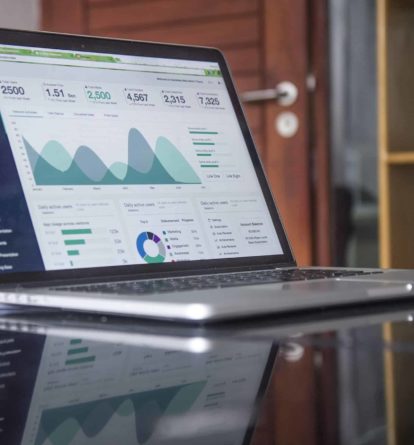What do you mean by system optimisation, and how can a business work out exactly what their ideal system would look like?
System optimisation is the process of enabling greater utilisation of an existing EHS data management system. For a business to work out what their ideal system looks like, they must first reflect on their current knowledge, responsibilities, and experience of their system. From here, businesses should carefully evaluate the process of how they receive their data, how it is thus translated into the system, and how it is consequently reported and managed. They can then identify where their gaps in knowledge/experience are with their current system and address them head-on.
How do you evaluate whether a system is working effectively for your clients, and do your criteria for evaluation vary based on industry or sustainability objectives?
Firstly, by working with clients directly (in a workshop format) to understand their reporting requirements. We will deep dive into the data currently being captured within their ESG reporting software, the granularity of their data, and the frequency of data collection. We then score the system’s complexity and health based on 10 metrics to identify the gaps for improvement and produce a system optimisation report based on these metrics, like a gap analysis. These metrics are dynamic across various industries and different sustainability reporting requirements, so being able to get stuck into the system alongside clients is very valuable.
What are the key benefits that clients can expect to gain from implementing system optimisation for their ESG reporting processes?
Ultimately, we look to improve the pain points that clients experience in collecting, managing, reporting, and visualising their ESG data effectively. Therefore, system optimisation projects can range anywhere from small tweaks to a client’s system, to a complete system rebuild. Based on the system optimisation report we provide, clients can often cherry-pick certain features and improvements based on their budget, enabling them to prioritise their system needs efficiently.
What would you say to businesses who are thinking about getting a new software because their existing ESG system isn’t working for them? Is it worth seeing if improvements can be made to their existing set-up before making a change?
It’s often the case that businesses are unaware of their current ESG system’s capabilities, or simply unsure of how to implement and manage these features. As a result, it can often be more cost-efficient and less time-consuming to optimise their current system as opposed to investing time and capital into new software.




